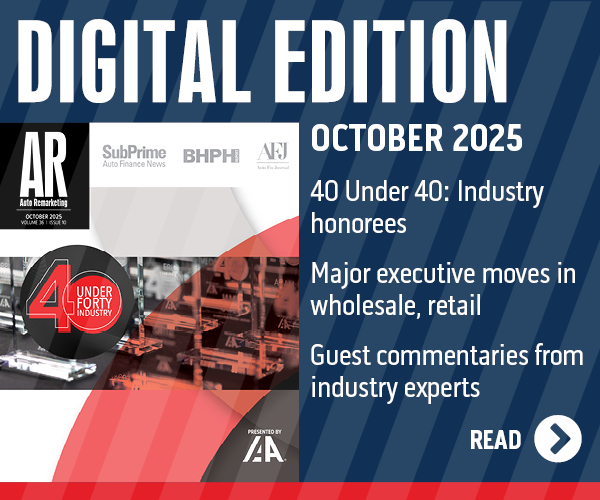CNW: 16M in Auto Sales Is Not Out of Reach, Just Requires Consumers to Shift Spending

By subscribing, you agree to receive communications from Auto Remarketing and our partners in accordance with our Privacy Policy. We may share your information with select partners and sponsors who may contact you about their products and services. You may unsubscribe at any time.
BANDON, Ore. –
While it seems that the auto industry isn’t likely to hit the 16 million mark for new-vehicle sales anytime soon, this milestone isn’t necessarily “out of reach,” according to CNW Research president Art Spinella, who shared some trends about consumer spending habits in the latest Pulse Edition of his company’s Retail Automotive Summary.
“The chances of the auto industry returning to 16 million units may well be years away, but not out of reach,” he noted.
But it will take a different kind of spending mentality, Spinella argued.
To illustrate the state of the consumer spending — and how it may impact the auto industry — CNW offered some data outlining how consumers have spent their disposable income.
The company found that consumers are now putting a greater proportion of these funds toward “embellishments” — also known as luxury items — and less toward “necessities.”
In fact, during 2010, consumers spent 38.7 percent of their disposable income on necessities, down from 39.9 percent in 2009 and 39.8 percent a year earlier.
Subscribe to Auto Remarketing to stay informed and stay ahead.
By subscribing, you agree to receive communications from Auto Remarketing and our partners in accordance with our Privacy Policy. We may share your information with select partners and sponsors who may contact you about their products and services. You may unsubscribe at any time.
Meanwhile, the proportion of disposable income that went toward embellishments was 6.4 percent, up from 5.3 percent the prior year. In 2008, consumers spent 5.1 percent of their disposable income on luxury items.
Consumers put more than half of their disposable income in 2010 toward “enhancements,” which CNW described as “those goods and services that make life easier such as upgrading an oven or an improved heating/cooling system.”
Spending in that arena has stayed mostly static in the last four years and, in fact, has been quite consistent over the last 30 years, CNW pointed out.
Contrast that to the other two categories, which have seen dramatic shifts. Necessities spending, for instance, has gone from 42.3 percent of disposal income in 1980 down to 24.1 percent in 2000. It eventually climbed back up to the near 40 percent level in 2008.
CNW noted that during the mid-1990s and through 2000, embellishment spending commanded a 19-plus-percent share. And until 2006, the share of disposable income that went toward embellishments continued to exceed 17 percent.
“In reality, the spending shifts over the past three decades point to continuing concerns about overspending on items that are unnecessary to maintain a U.S. lifestyle,” Spinella noted.
“The real shift in spending was away from luxuries to the necessities,” he continued. “During this entire period, the amount spent on enhancements — those goods and services that make life easier such as upgrading an oven or an improved heating/cooling system — remained fairly level.”
So how does all this impact the auto industry?
Adding more to his point about the market having the potential to once again reach the 16 million unit sales landmark, Spinella offered more context and shared how the auto industry might achieve this end.
“Consumers have and continue to learn the lessons of a serious recession,” he shared. “Compared to previous economic downturns, this one has reached into the family‘s core bank account, job stability and other home-centric issues.”
Spinella stressed that these days, buying or replacing a vehicle is typically viewed as being in the “enhancement” category.
“To reach the higher numbers, consumers have to be willing to spend on embellishments,” he noted.


